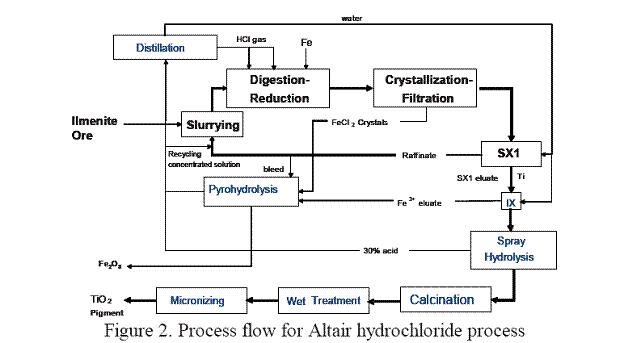Grantee Research Project Results
2007 Progress Report: Evaluating the Impacts of Nanomanufacturing via Thermodynamic and Life Cycle Analysis
EPA Grant Number: R832532Title: Evaluating the Impacts of Nanomanufacturing via Thermodynamic and Life Cycle Analysis
Investigators: Bakshi, Bhavik R. , Lee, L. James
Institution: The Ohio State University
EPA Project Officer: Hahn, Intaek
Project Period: January 1, 2006 through December 31, 2010
Project Period Covered by this Report: January 1, 2007 through December 31,2007
Project Amount: $375,000
RFA: Exploratory Research: Nanotechnology Research Grants Investigating Environmental and Human Health Effects of Manufactured Nanomaterials: A Joint Research Solicitation - EPA, NSF, NIOSH (2005) RFA Text | Recipients Lists
Research Category: Safer Chemicals , Nanotechnology
Objective:
Approach:
Through collaboration with leading academic groups, industry, and a national laboratory, life cycle inventory data and modules will be developed for the synthesis and use of nanoclays and carbon nanofibres. These modules will be combined with life cycle information at different spatial scales, ranging from equipment to ecosystems, and used to perform multiscale or hybrid LCA of several potential products. Different scenarios for the manufacture, use, end of life, emissions and exposure of typical consumable and durable products, such as automotive body panels and food wrapping film, will be analyzed along with estimates of uncertainty. Thermodynamic LCA will treat industrial and ecological systems as networks of energy flow and combine the features of systems ecology, LCA and systems engineering. The proposed hypotheses will be tested in a statistical sound manner via several case studies.
Progress Summary:


Expected Results:
LCA of nanotechnology is essential for guiding and managing risk in research, development and commercialization while preventing irrational optimism or unfounded fear of this emerging field. However, it presents formidable obstacles since data and knowledge about resource consumption, emissions and their impact are either unknown or not readily available. This work will lay the foundation for LCA of polymer nanocomposites and other emerging technologies. Validation of the first hypothesis will provide useful insight about nano versus traditional technologies while the second hypothesis will provide a proxy for the ecotoxicological impact of the emissions. These hypotheses will be useful for nano and other emerging technologies before detailed emissions data and ecotoxicological studies are available. As more information about manufacturing, emissions and their impact becomes available it will be incorporated in the proposed studies and tool.
Future Activities:
Journal Articles:
No journal articles submitted with this report: View all 19 publications for this projectSupplemental Keywords:
Relevant Websites:
Progress and Final Reports:
Original AbstractThe perspectives, information and conclusions conveyed in research project abstracts, progress reports, final reports, journal abstracts and journal publications convey the viewpoints of the principal investigator and may not represent the views and policies of ORD and EPA. Conclusions drawn by the principal investigators have not been reviewed by the Agency.
